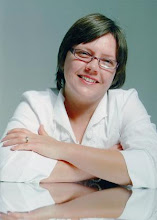Copyright 2011, Anthony Ryder
Day 7
Santa Fe, New Mexico
On the seventh day at The Ryder Studio we learned about noses. Just look at the detail in the picture above that can be seen on the nose! Amazing!
Noses, in general, are wider into the forehead.
A nose has shadows that run at right angles to the direction of the light.
Nostrils are not drawn as exhaust pipes…o o
The tip of the nose has a furrow in it.
The nose is a projection of the skull. It turns with the head. The turned portion of the nose is far shorter than the side closest to you. There is no contour to the opening on the far side.
People like lines because it creates ownership. Do not fence the shadows of the nose in. ie; the nostrils
The mouth is a spherical form. Roundness comes up to meet the bottom of the nose. There is a slight curve at the bottom of the nose as it sits on the top of the lip. The philtrum has sub-forms. The philtrum is wider at the top, toward the nose.
Do not draw a fence around the nose highlight.
Pay attention to shadow shapes and form shapes.
Form is a shape. Shadows have shapes that form from the shape of the form.
Think of the nose as an upside down tree. It has roots going up into the eyebrow areas, way up into the forehead.

The eye is built from the same kind of rhythms coming out of the nose.
The nose is kind of knit into the head.
The light side of the nose has light shadows. Do not make them dark!
Do not overmodel…learn how to integrate the forms into the drawing by being subtle.
Think of the head as a bus and the features are like passengers on the bus. Wherever the head goes, the features go too.
Something to keep in mind…Draw the light on the form and not the skin pigment.











